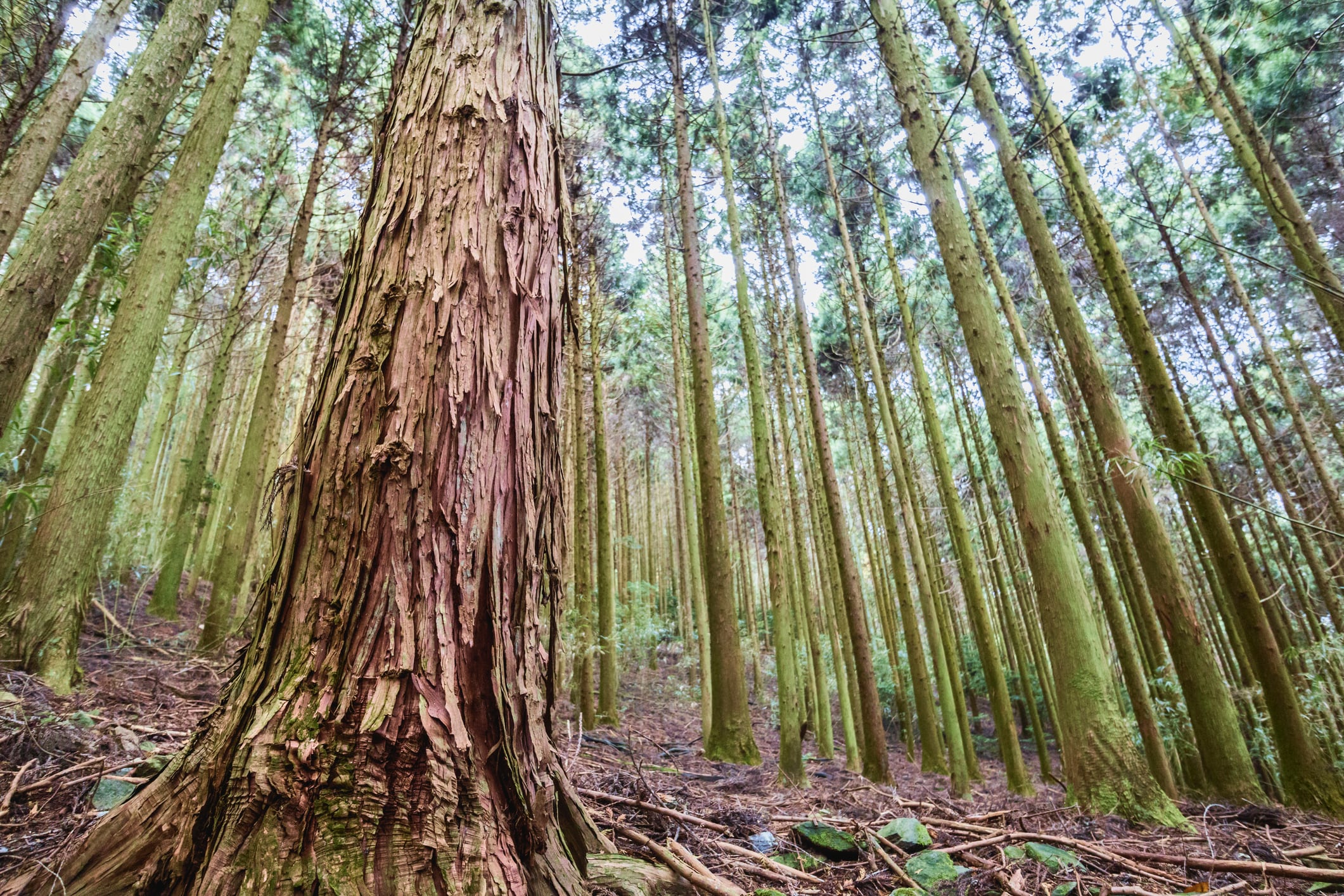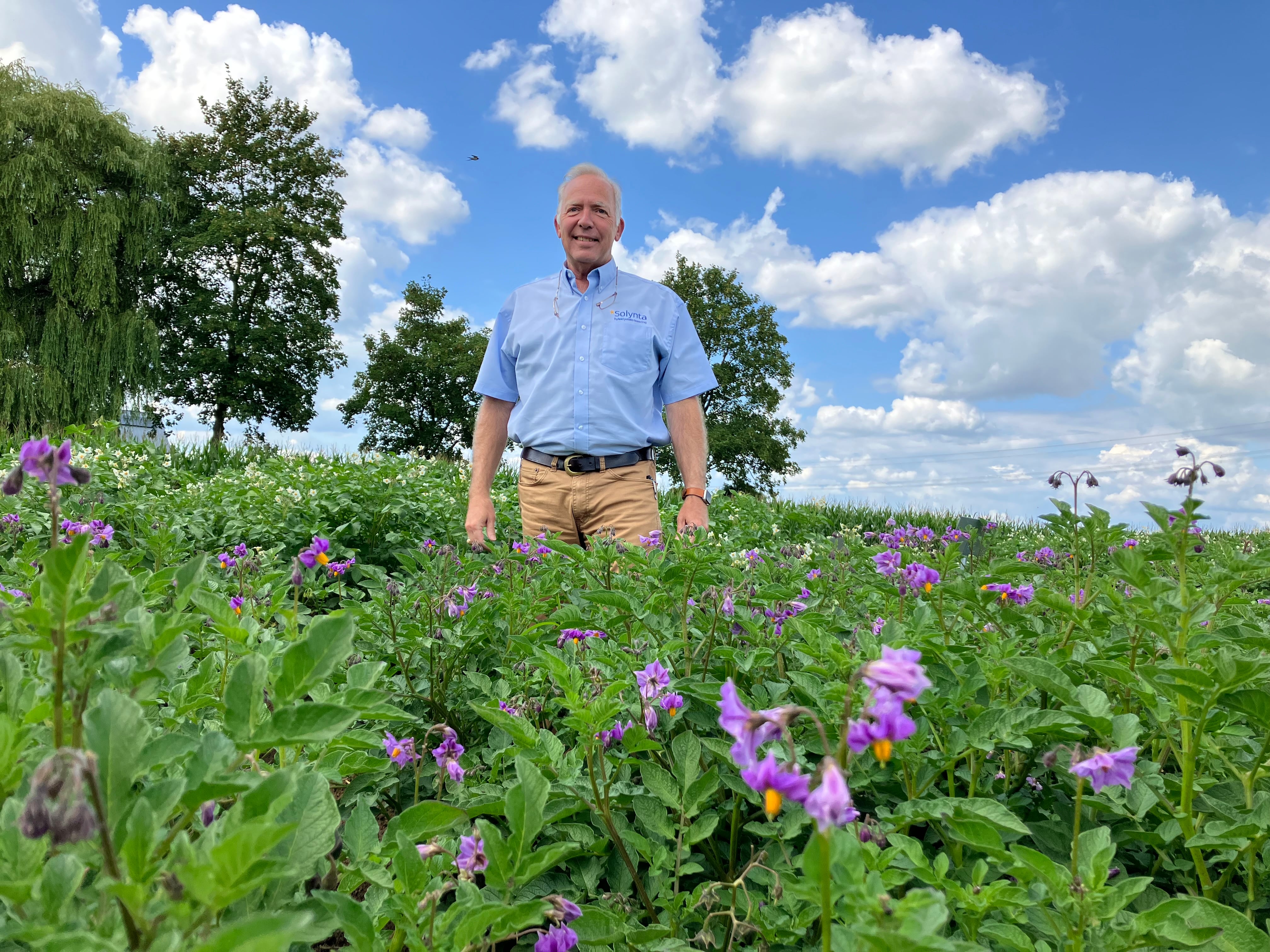Sucrose is a vital energy source in plants that drives growth and gives important signals about stress and development.
Tracking sucrose in real time within living plants is a persistent challenge though.
One big issue is the limited availability of in vivo sensors capable of capturing subtle physiological events, such as the movement of sucrose through plant tissues.
Current techniques rely on destructive sampling or short-lived measurements.
But because sugars like sucrose are dynamic, meaning they shift depending on the time of day, light exposure, and plant developmental stage, there are questions if these fluctuations can be measured continuously, in real time.
This could be set to change following a breakthrough in research at Waseda University in Japan where a team developed a flexible, needle-type enzymatic biosensor that can be smoothly inserted into stems and fruits of plants with minimal damage and report sucrose concentrations in real-time.
“We designed the sensor specifically to capture sucrose uptake through stomata, which is a largely unexplored pathway,” said the research lead Professor Takeo Miyake. “The performance metrics were important, but what excites us most is the new biology it helped uncover.”
Sucrose levels seen to peak at night
Using the sensor to observe strawberry guava plants, the team saw a daily rhythm in sucrose transport within the stems. Sucrose levels were seen peaking during nighttime, consistent with the redistribution of photosynthetically generated sugars – a pattern that matches known growth cycles in many plants.
More interesting findings came from experiments with the Japanese cedar. Here, the researchers immersed cedar leaves in a sucrose solution and alternated between light and dark conditions. The biosensor, put in the plant’s stem, detected rising sucrose concentrations only during light exposure, when stomata are known to open. This suggested that sucrose could enter through the leaves and be transported internally, demonstrating stomatal-mediated sucrose uptake in a higher plant for the first time.
They also observed a time lag of around 45 minutes between light exposure and sucrose increase in the stem, matching known transport speeds in plant phloem.
“This is the first time we’ve been able to directly track soluble sugar uptake through stomata in real-time,” said Miyake. “It challenges long-standing assumptions about how plants acquire water and nutrients.”
Future iterations
The current version of the sensor is designed for short-term lab experiments, but future iterations may include wireless transmission and reduced invasiveness, making it suitable for long-term monitoring in the field.
In the future, the researchers want to apply the sensor for monitoring sugar dynamics in roots, seeds, and reproductive organs of plants. This could help create new strategies in crop yield optimization, stress detection, and growth modelling.
“If we can measure what the plant is doing in real-time, we can start to think about growing crops more intelligently,” Miyake said.
The findings are published in the journal Biosensors and Bioelectronics





